|
I've been rather busy with a secret project. This fabric collection is called "Blush" by Basic Grey for Moda... and this Jelly Roll and yardage has been in my fabric collection for absolutely ages, waiting for a very special project. The Jelly Roll strips were pieced together in strips of 6 and cross-cut into rows. These rows were then pieced together again. My top tips for accurate piecing is to use a fine machine sewing thread (I prefer Aurifil thread 50wt or Mettler fine embroidery thread 50 wt) and a fine sharp needle (I prefer Schmetz Microtex size 60). I used a slightly shorter stitch to prevent the strips coming apart when they are cross-cut... ...I was just loving these pinks and turquoises and browns! This is a Jelly Roll "Blush" by Basic Grey for Moda, and the pattern is a free download from the Moda Bakeshop website called "Pure Baby Boy" (although mine is Blush Baby Girl). My favourite neutral fabric at the moment is this one from the Daysail collection by Bonnie and Camille for Moda. It was perfect for the 2 side borders for my latest project... ...this baby quilt was quilted very simply in straight rows 0.5" apart, using the edge of the walking foot as a guide. I've used a King Tut variegated quilting thread shade 944 for the centre panel and a cream King Tut quilting thread shade 957 for the side borders and a Schmetz Topstitch needle size 70. The final touch is a scrappy binding, made with 4 leftover strips from the Jelly Roll, joined with mitred seams, folded in half and stitched 3/8" from the raw edge of the quilt. The binding was folded over, and held in place with Clover Wonder Clips while it was hand stitched to the back of the quilt. One of my Quiltystuff labels was stitched into the corner of the quilt... ...there was just time for a quick photo shoot this morning before this was wrapped up and posted off to a very special baby girl. Thank goodness the sun was shining!
0 Comments
Last week I started another project, this beautiful Sewing Accessory Case - the pattern and fabrics are by Lynette Anderson Designs, and was bought a few weeks ago as a kit from Patchwork Chicks. I like adding a twist to the patterns I use to make them a bit more "me" and rather than making a pocket with hexagons as per the pattern directions, I've added 6 pockets made with the fabrics that were included in the kit, and a clear plastic pocket trimmed with a narrow binding to neaten the top edge of the pocket. ... ...the sewing board still needs to be covered with fabric and sandpaper, but that will be on my list of jobs for next weekend! The elastic to hold it in place has been threaded through a fabric casing, stitched into place and embellished with a raw wood button. I've also got a tricky zipper to sew in place, and the binding to cover all the raw edges. I've detoured from Lynette's original instructions, as I didn't think my fingers or my nerves could cope with hand sewing the lining the binding and the zipper! Have you tried Clover Wonder Clips? They are absolutely brilliant! There's nothing worse than trying to stick pins into thick layers, and plastic. These little darlings make life so much easier, and you don't get stabbed with those pesky pins either. This has to be the TRICKIEST zipper I've ever sewn!! Thank goodness for Clover Wonder Clips, and a Schmetz Topstitch needle. My Bernina stitched through all these layers with no problems at all...... ...once the birdie design is traced onto some fabric with a Micron Pigma pen, this cute pin cushion is hand embroidered, and stuffed with some wool wadding. It's slip stitched into place in the sewing case. The pattern includes instructions on how to make a charm to attach to the zipper pull, but this cute scissor charm has been in my jewellery box for simply ages and was perfect to clip onto the end of the zipper. I added one of my labels to the inside of the folder and stitched it into place when I was stitching that tricky zipper. I changed the zipper for an open ended one, and the zipper was probably the trickiest part of this project!... ...Those Clover Wonder Clips were perfect for holding the binding in place when it was folded over the edge of the zipper. No more getting stabbed by pins when I was stitching the binding in place by hand! This shows the inside of the Sewing Accessory Case. I still need to cover the board with fabric on one side and sandpaper on the other... unfortunately when I raided Mr F's man-drawer he only had some tatty bits so I'm off to the local d-i-y shop on Monday... ...Here's the finished project! The kit included all the fabrics (also designed by Lynette), embroidery threads, wool felt, hexagon papers, zipper (although I added my own zipper as I made this case slightly larger), fusible pellon, peltex, elastic and even the sewing board. Thank you so much Lynette for another fabulous design! I really have enjoyed making this so much. My sewing bag is getting filled with gorgeous sewing accessories!!
I needed a gift for a work colleague who is going on a secondment for a year, and quickly made one of the cosmetic bags on Monday evening at Sewing Group. The pattern is Anna's Sminkepung by the Norwegian designer AnnAKa (these patterns are written in Norwegian and are available from quilt shops in Scandinavia). The turquoise fabrics are from the Flower Sugar lll collection by Lecien and a little bit of lace trimming adds the finishing touches! I managed to get the main part completed at the sewing group, and then finished it off at home with a nice cuppa and a chat with my girlies as I hadn't seen them all day!
A few weeks ago I ordered this kit from Patchwork Chicks. It's called "Sewing Accessory Case" and is designed by Lynette Anderson Designs. The kit includes all these beautiful fabrics and embellishments needed to make this really useful sewing case. This sewing project started in the kitchen, coffee staining some tape-measure tape. I was so impatient to start stitching that I gave it a quick blast with the hairdryer... ...the background fabric was embellished with the coffee stained tape-measure tape (it looked a bit too dark, so turned the tape over and it looked perfect!). The tape was glued into place (used my Sewline glue stick for this instead of using pins) and stitched it with a matching coloured thread. The Bernina foot number 5 is perfect for attaching embellishments like this. The stitchery designs were traced onto the background fabric, appliqué shapes traced onto appliqué paper and fused into place all ready for some work with my apliquick rods and glue stick. The flowers and leaves have been traced onto steam-a-seam lite and fused onto wool felt, all ready for hand sewing into place... ...eeeekkkk!!! Quarter inch hexagons... I never imagined I'd be able to make something so tiny, but thankfully my apliquick rods and glue stick made them super simple! This kit has absolutely everything you need to make this (apart from a piece of sandpaper and I'll pinch that from Mr F's man-cupboard when he's not looking). The techniques used so far: machine piecing, edge stitching, hand appliqué using the apliquick rods and glue stick method, and hand embroidery... ...once the applique was finished, I made a start on the front of the sewing case. I picked out a variegated brown King Tut quilting thread to complement the brown fabric. The fabric for the front of the case was layered onto the fusible pellon that was included in the kit and I marked a quilting grid with a Clover Hera marker... ...I used a slightly longer stitch length (approx 3mm) for the quilting and used a Schmetz Topstitch needle size 70. The quilted piece was then trimmed to size (I made a template for this using the outline that was included in the pattern). The stitchery design was then appliquéd onto the front of the quilted area. I fused some appliqué paper to the back of the stitchery design, and used the apliquick rods and glue stick method for turning the raw edges over. This was then held in place with a few drops of Roxanne's basting glue and then was stitched with a neutral coloured YLI silk thread and a Clover Black Gold appliqué needle. The next step was the inside of the sewing case. I'll add those pictures in a few days once I've got that part completed!
After making some pincushions to use as gifts for sewing friends, I decided that I really needed a new pincushion for me - this is what I was saving my crushed walnut shells for!! This is the Initials Pincushion kit that I bought online from Patchwork Chicks. It's by Lynette Anderson Designs, and has a combination of stitchery, applique and piecing. This kit includes the pattern, fabric to make 1 pincushion, pellon, hexagon papers, tape measure tape and embroidery threads. Managed a bit of preparation ready to take the hand sewing part to sewing Group with me on Monday evening. I traced around a hexagon template onto appliqué paper which was then fused onto the WS of the fabric ready for the glue stick method. I traced the letter N onto one of the hexagons using a Micron Pigma pen, and the tape measure tape was machined into place using a matching coloured thread and a slightly longer stitch to prevent puckering... ...I was very productive when I went to Sewing Group, as I managed to get all the hexagons stitched together and appliquéd into place on the top of the pincushion. A piece of fusible wadding has been secured into place on the WS of the top of the pincushion. Next stage is to make a calico lining for the crushed walnut shells. I used the same pattern for the pincushion, and used a smaller stitch, leaving an opening in the side seam. Once the lining was turned the right way through, I poked it into the pincushion itself, ready for filling... ...I'd bought these crushed walnut shells ages ago as they'd been recommended to me to use as pincushion filling. They're very finely ground, and I'd made a paper cone to help guide the shells into place. Making a liner for the crushed walnut shells proved to be the easy part, as stuffing it proved to be trickier than I expected it to be. Eventually I resorted to using this nozzle from my icing set as it was the perfect tool for getting the crushed walnut shells into the lining... ...and a drum roll please - it's completed! I really am absolutely thrilled with this one. Thanks Lynette for another great design! It's my absolute favourite, and has pride of place in my sewing corner. Despite it being a bit tricky to fill, the finished result is great - it's firm and holds it's shape well, and is a bit "weighty" so when I pull out a pin, the pincushion stays put - and the crushed walnut shells inside keep my pins clean and sharp. Now I need to get started on another one of Lynette's designs that I've had for a while - my sewing corner is filling up with lots of pretty things to use while I'm being creative!
I'd been clearing out a box of patterns, and I came across this one - I had made several of these pincushions a few years ago, and (before I had a blog!!) and decided it was about time I made a few more! This is a pattern by Leanne Beasley, called Sarah's Pincushions. Scraps of Lecien fabrics, an assortment of Cosmo embroidery threads, a very fine micron pigma pen and a lightbox. Yes I was ready for a couple of hours of peaceful stitching!I used a fusible woven interfacing (Weaveline) on the back of the pale aqua spot and the hand embroidery really didn't take very long at all... ...I added a piece of thin cotton wadding to the WS of both the front and back pieces of fabric, added some ric-rac trimming, and stuffed it with some leftover polyester wadding. The next pincushion had appliqued daisy petals (I used the applique paper and glue stick method for these). I managed t get the front of the pincushion completed at the Sewing Group last week. Wadding was added again to the WS of the front and back pieces of fabric, the front and back were joined together, and a small calico bag was inserted into the opening. This was filled with crushed walnut shells, and the calico bag was secured with a few stitches before the opening of the pincushion was stitched up... ...another pincushion from the same pattern has a pretty stitchery design. I also used Cosmo embroidery threads for this one too. I'm saving my crushed walnut shells for a rather special project, so used leftover polyester wadding for this one too... ...all of these pincushions were made with scraps of Lecian fabrics, some ric-rac trimming and small pieces of leftover wadding. This picture shows the back of the pincushions - they are almost as pretty as the fronts! I really like making smaller projects that are useful and these will be gifts for some of my sewing friends... ...I much prefer the pincushion that is stuffed with crushed walnut shells as it's firmer and has a better shape. Well I'm off to the local pet shop on my day off as it's much more reasonable to buy crushed walnut shells from there than getting it from the quilt shop!
This beautiful Tilda fabric arrived last Tuesday, and I didn't waste any time at all getting the new fabric cut and pieced together for the final border! I'd found this fabric (part of the Summer Fair collection by Tilda) when I did a quick google search - it was from Stitch Craft Create and I was really pleased with their swift delivery. (I've also ordered some other Tilda fabrics from Under The Mulberry Tree too, but this is the one that I was desperate for!). I continued to use Mettler thread for the piecing, and a Schmetz Microtex needle size 60... ...a final press, and the borders were completed!These Tilda fabrics are beautifully soft and have been lovely to stitch with. It was then time for a quick photoshoot with the quilt top pegged to the washing line, blowing gently in the breeze... ...the finished quilt top has now been carefully folded and stored in a cotton pillow case while I'm saving my pennies ready to take it to Janette at J-Quilts so she can work her magic on it with her longarm machine. I'm planning on getting this one custom quilted, as I really want to showcase the applique and stitchery.
A few weeks ago another package arrived from Under The Mulberry Tree in Australia - the next 2 stitchery designs for United Stitches, US009 and US010, by Rosalie Quinlan Designs. These designs are already screen printed onto linen (saves having to trace the designs on by hand!) which means all I had to do was fuse a piece of weaveline to the back of the linen, put it in my wooden hoop and I was ready to make a start with the hand embroidery... ...these are stitched very simply with Cosmo embroidery threads, using back stitch, chain stitch and satin stitch. I've spent a few peaceful evenings getting these completed. And I've had an email from UTMT to let me know the next 2 designs are on their way over from Oz!
Once all the blocks of Simply Blessed had been completed, it was time to get the blocks pieced together. This has been a 9 month BOM that I ordered online from Under the Mulberry Tree in Australia, and the pattern was designed by the Australian designer Rosalie Quinlan. This version is made with Tilda fabrics from the Summer fair collection, and beautiful muted tones, and the Cosmo variegated thread that is used for the hand embroidery compliments these colours perfectly... ...once the blocks were stitched together, it was time for a quick photoshoot of the quilt top before I tackled the borders. The inner border was machined into place, then I made the pieced border. Strips of fabric were cut each month and by the time it was month 9, the strips were already prepared. I stitched these together in pairs, using a smaller than usual machine stitch, as they will be cross cut and I don't want these tiny seams to unravel! The pairs strips were all sewn in one direction, then as the pairs were stitched together this was done in the opposite direction to prevent the fabric from distorting... ...it was important to press the seams well, all in the same direction, so the pieced set lay flat on the cutting board when it was time for the cross cutting. I used a Schmetz Microtex needle size 60 and a fine Mettler thread for the piecing. Some careful piecing, pressing, and cutting cutting ensured the accuracy of these pretty strips... ...the side borders were stitched into place first, taking care not to stretch the edges of the pieced border. Once the top and bottom borders were also in place, on final press and it was time for the outer borders... ...I joined all my border seams diagonally (I always do this unless I'm matching stripes, then I use a end-to-end seam) and unfortunately this meant that I was a bit short of enough fabric for the bottom border. After a frantic Google search, I found some here in the UK from "Stitch Craft Create" so a quick online order was placed for the extra fabric, and I ordered some binding fabric at the same time to save on P&P. Hopefully the express order will arrive soon, so that I can get the quilt top finished and share some more photographs with the border in place.
|
About me...Hi - welcome to my quilting blog! My passions are my family, my dog, my friends and sewing, not necessarily in that order! Archives
July 2023
Blogs I followUK shopsThese are the UK shops that I use to purchase my quilting supplies - fabrics and threads etc.
Australian linksScandinavian links |



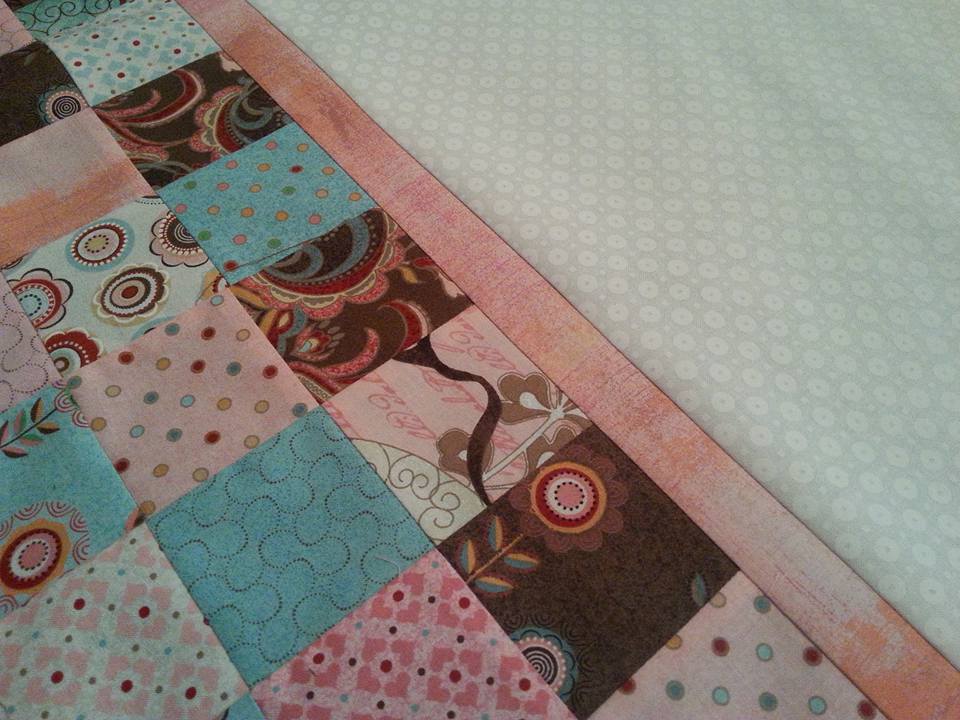
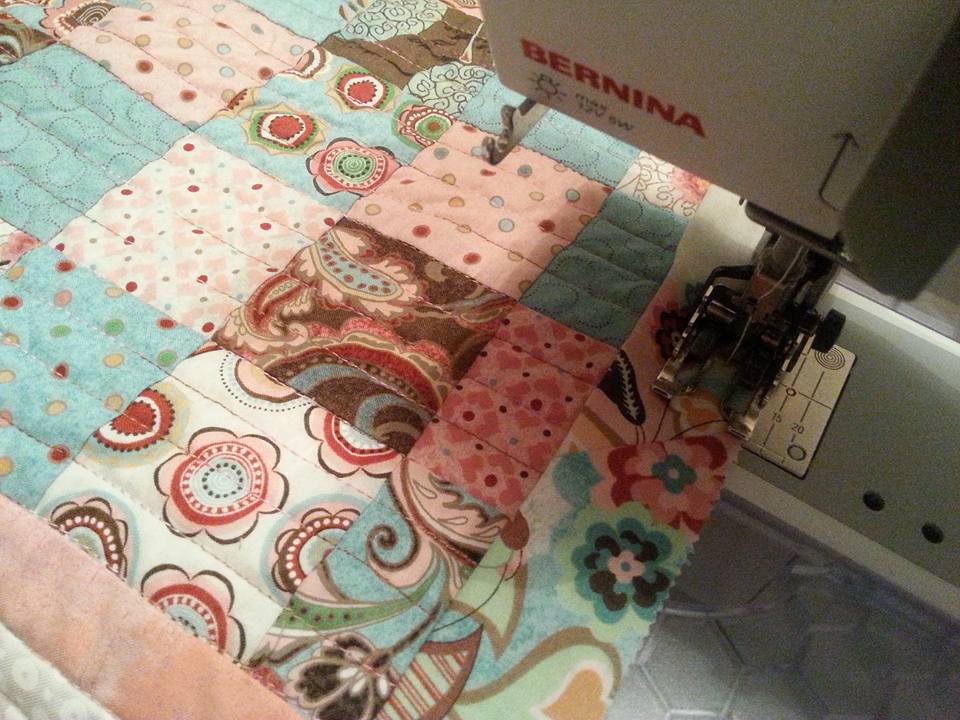




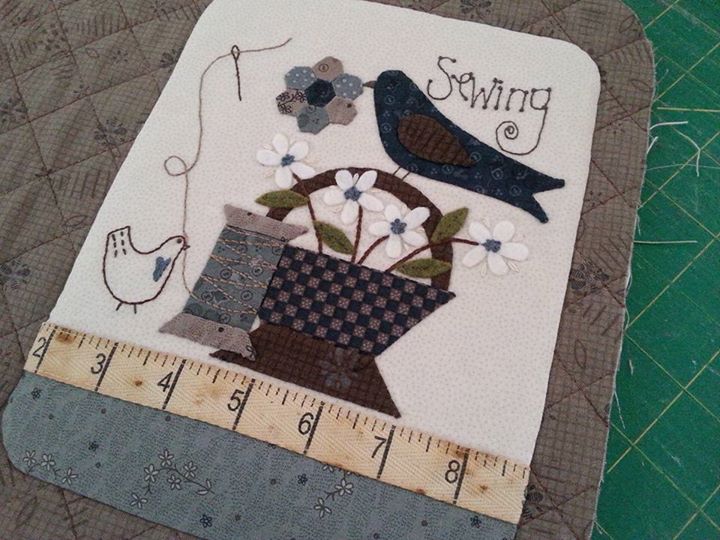



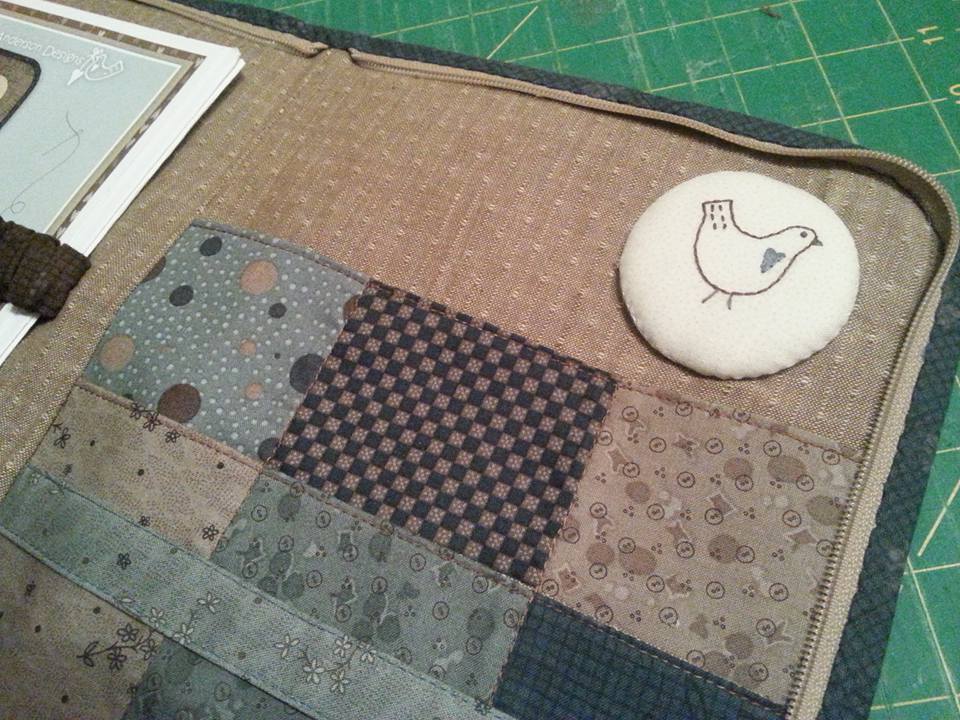

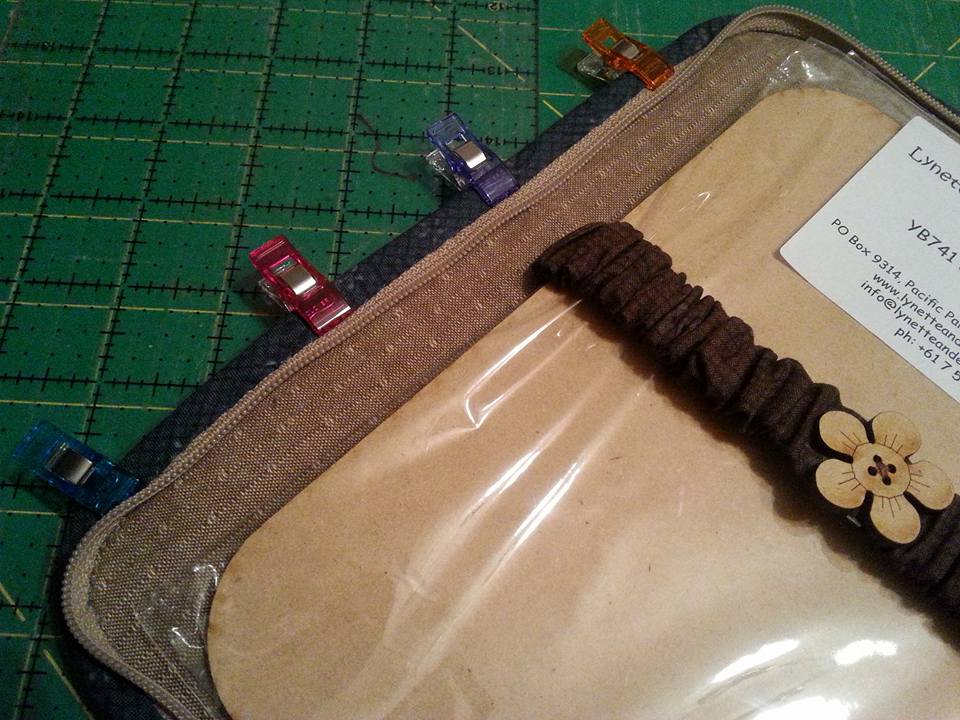
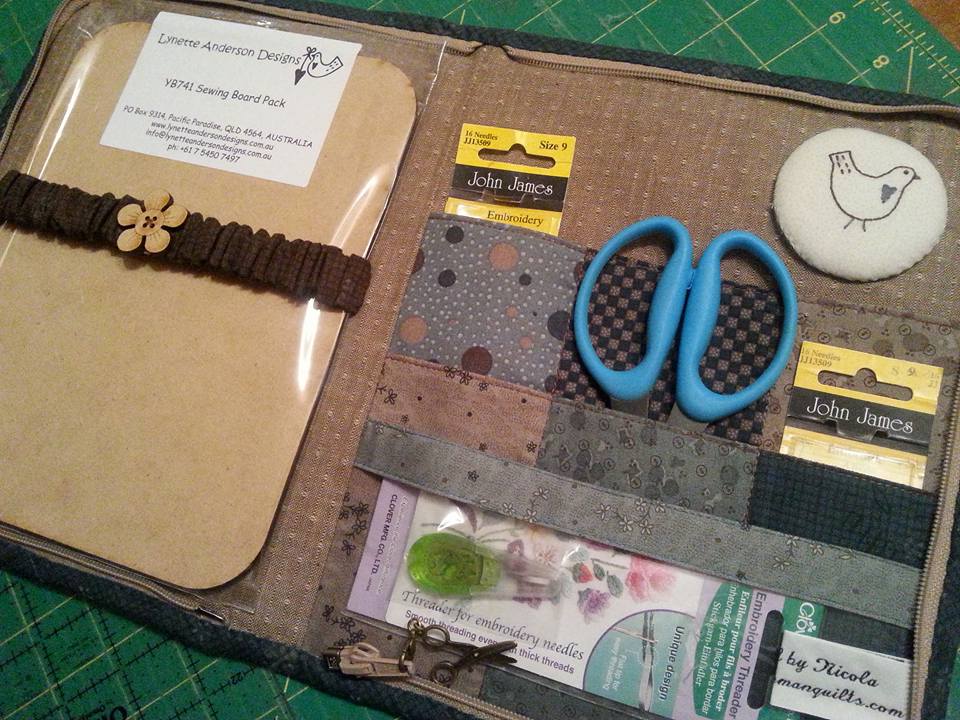





















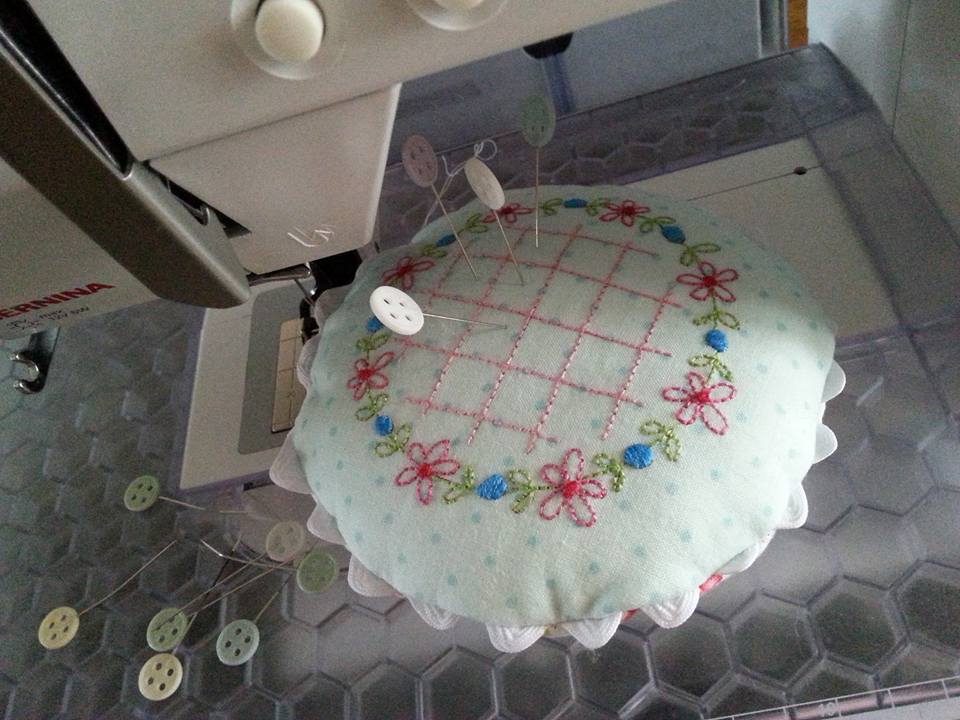


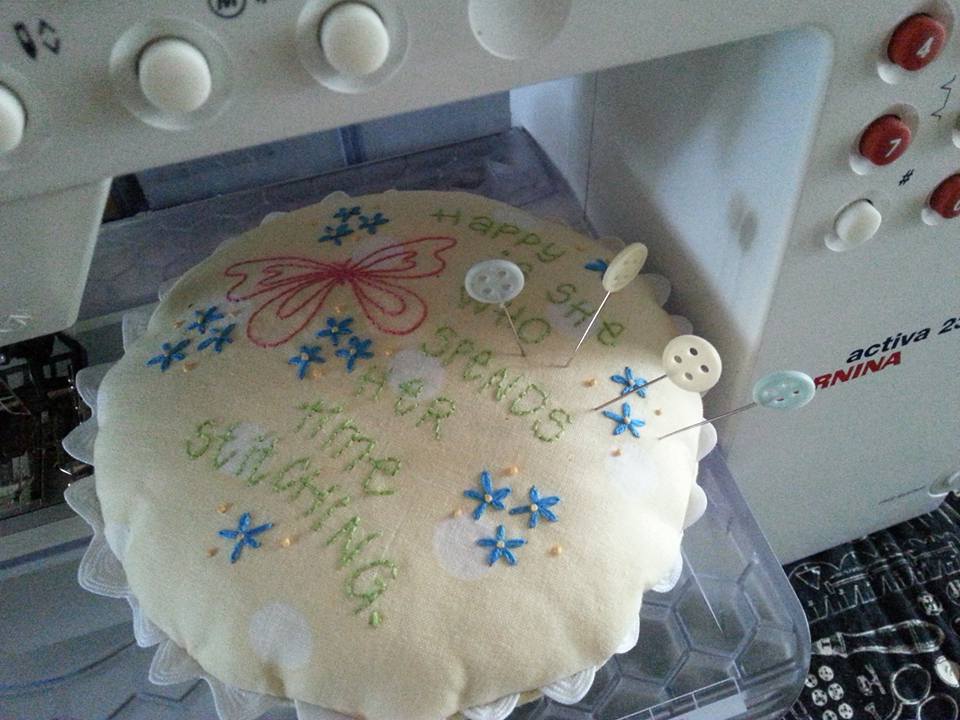









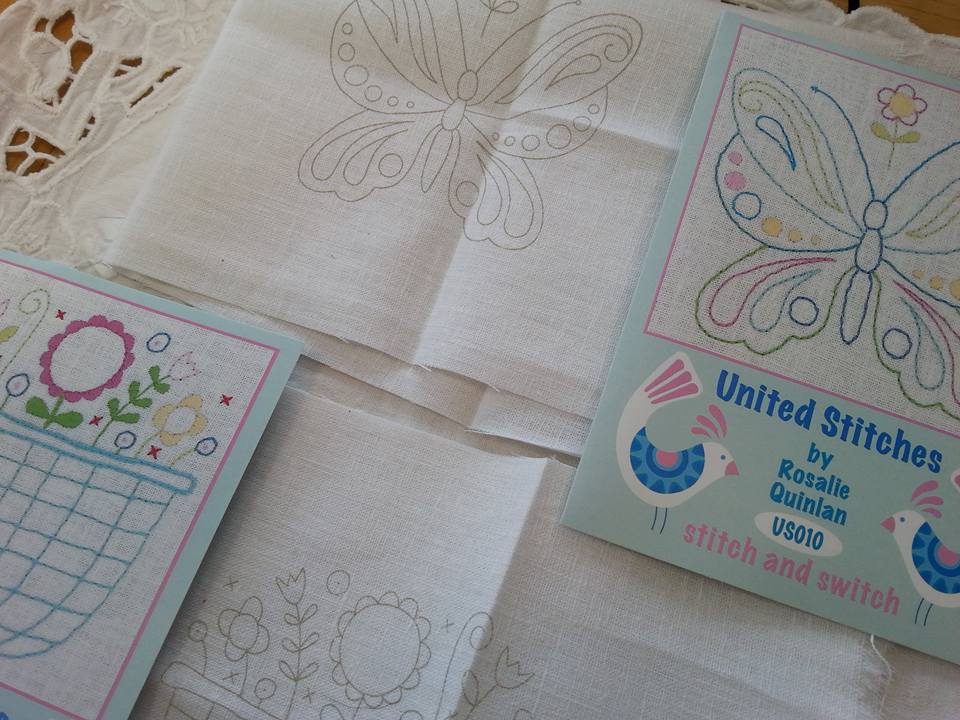








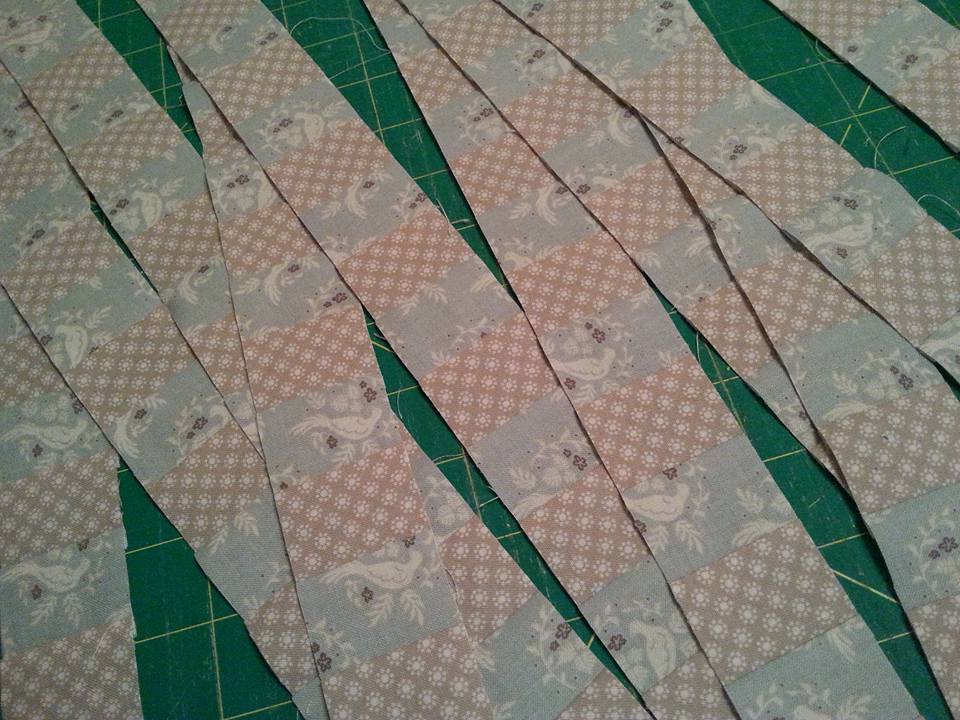










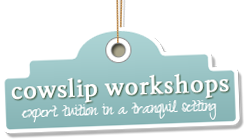

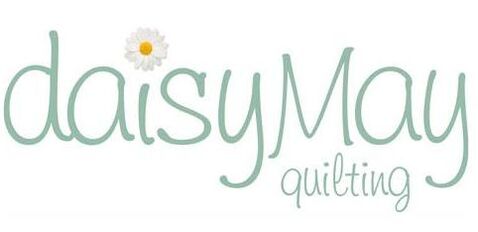



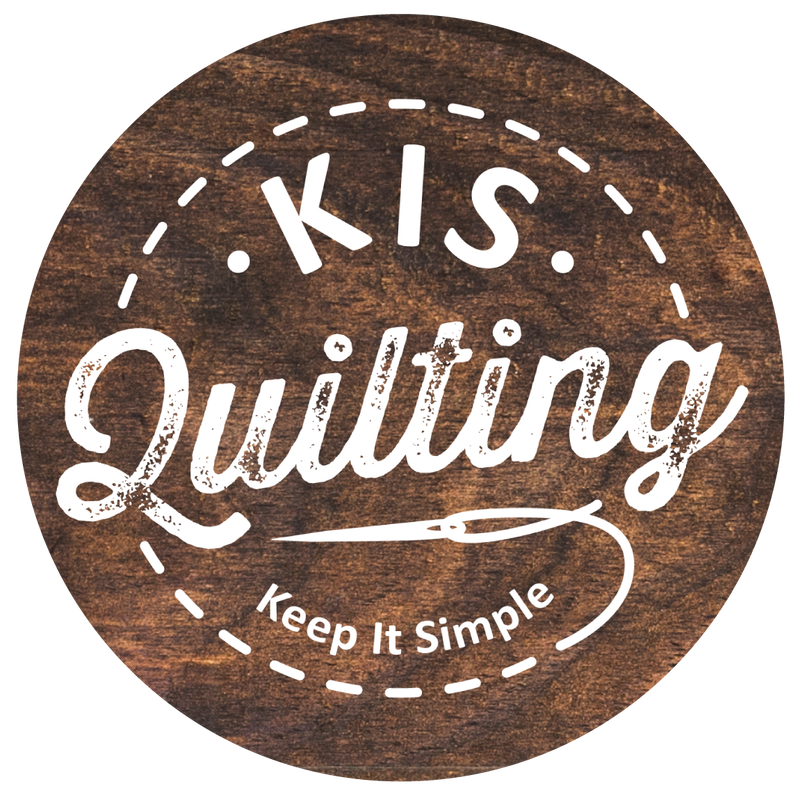



















 RSS Feed
RSS Feed

